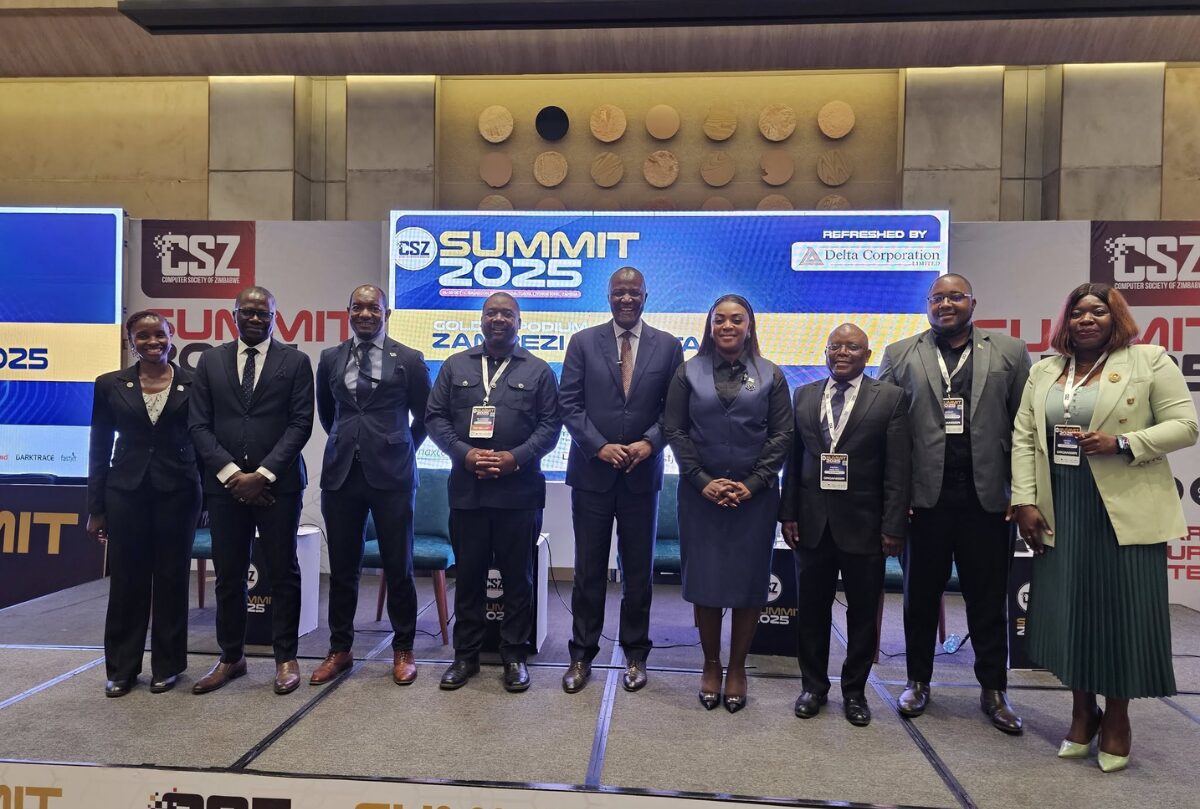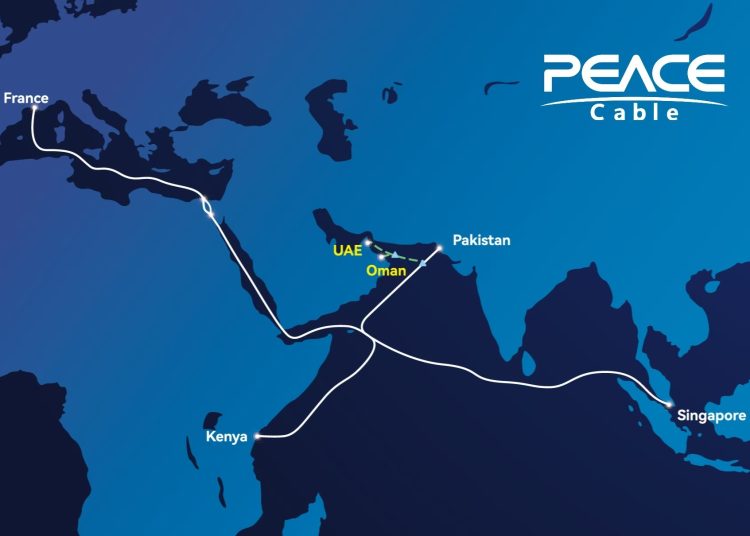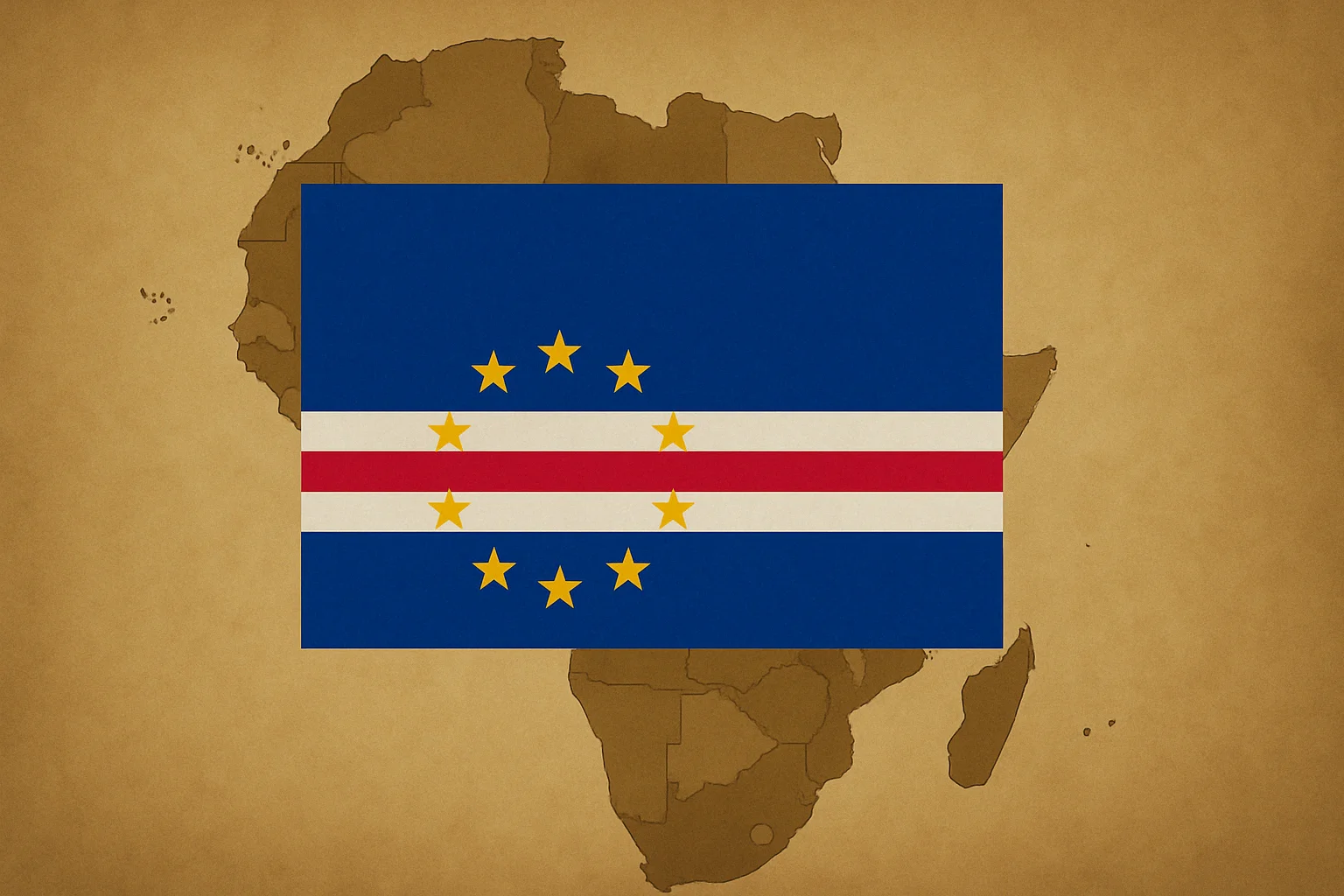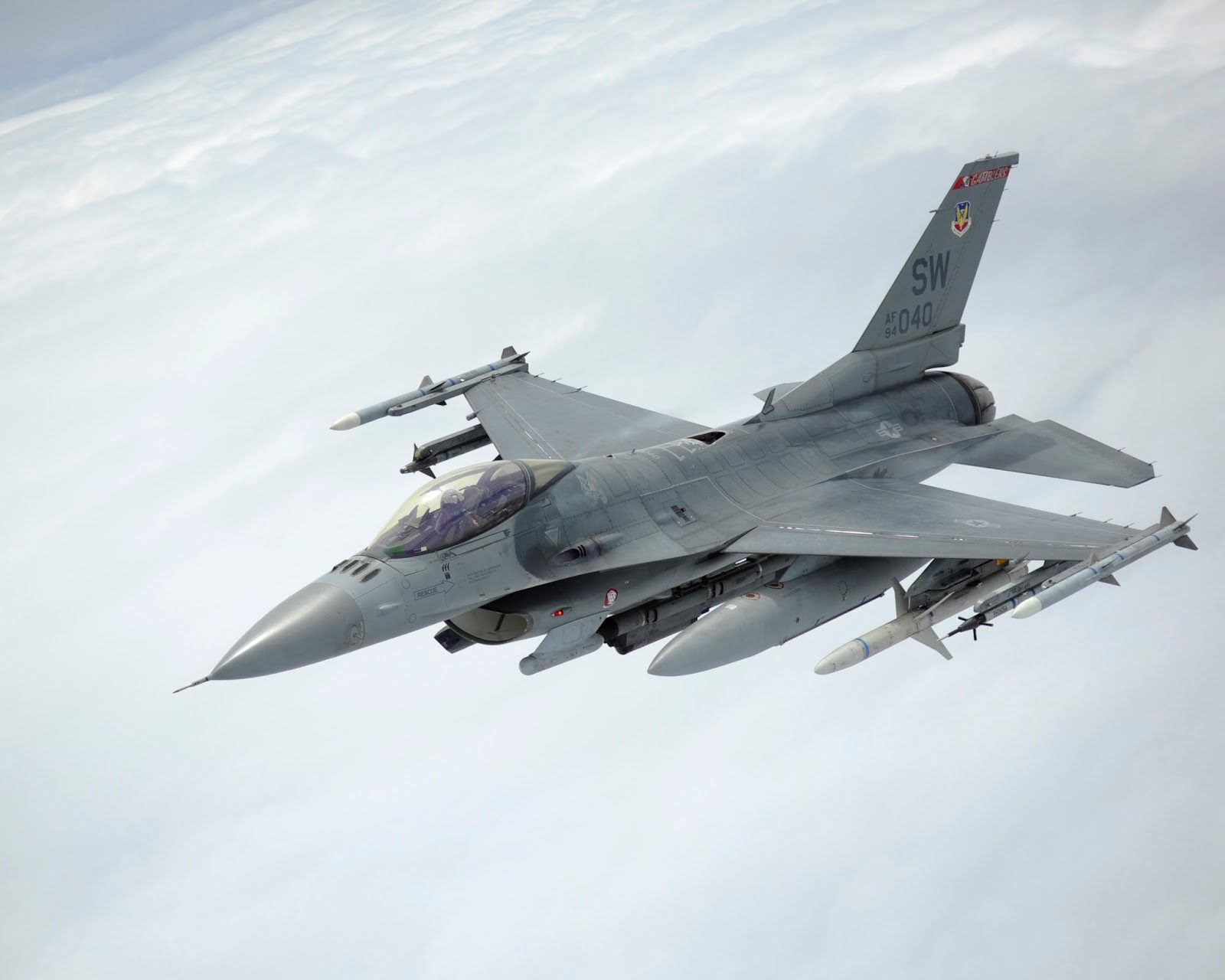
Tuesday 4th November 2025

by inAfrika Newsroom
UAE Kenya subsea cable moved from plan to live route on Monday. UAE operator du and PEACE Cable launched a direct UAE–Kenya segment that reduces latency between the Gulf and East Africa and adds new capacity for cloud and fintech traffic, the companies said. Moreover, they framed the link as a building block for AI workloads and cross-border digital trade.
The partners described the system as a “digital bridge” that plugs Kenya into the Arabian Gulf without detouring via North Africa or Europe. Consequently, Kenyan users should see faster paths to Gulf data centres and content caches, which reduces jitter for payments, gaming and video. In addition, the operators said the route strengthens redundancy after a year of cable cuts in the Red Sea and West Africa.
The timing aligns with a wider cable sprint. Last week, Safaricom confirmed it will host a separate Meta-backed landing for a new Oman–Kenya system, adding another leg of capacity into Mombasa. Therefore, Kenya’s shoreline is turning into a multi-route hub that can carry Africa’s traffic south, north and east.
For carriers, the direct Gulf path matters for economics as well as speed. Gulf data centres market low-cost power and growing GPU clusters. Moreover, banks, logistics firms and media platforms in East Africa already host workloads in Dubai and Abu Dhabi. A shorter path trims transit bills and improves service-level metrics that big customers track.
Why it matters: A resilient backbone underpins mobile money, customs, cloud ERPs and health platforms. As a result, the UAE Kenya subsea cable gives treasuries and regulators a new lever when they demand price discipline and uptime from wholesale providers. It also backs disaster recovery when Red Sea routes are disrupted.
For Africa, the signal is clear. Subsea diversity is now economic policy. Kenya’s cable map is widening just as governments court AI investment and push sovereign cloud rules. Consequently, faster Gulf links can anchor training runs, regional e-commerce, and secure inter-gov networks, while giving FX desks confidence that outages will not freeze payments.
The Gulf angle is strategic. The UAE is already financing Kenyan rail and trading more with East Africa. Meanwhile, the cable extends that corridor into digital flows, which carry higher margins than bulk cargo. Therefore, Nairobi can pair physical logistics with low-latency data to pitch itself as a combined trade and cloud hub.
Execution risk remains in operations, not funding. Cable owners must harden wet segments around choke points and publish transparent repair SLAs. Moreover, Kenyan and UAE regulators will still push for lawful intercept access, data-protection compliance and fair-use terms for smaller ISPs. If those pieces lock, the UAE Kenya subsea cable becomes a competitive edge rather than a single-event headline.


